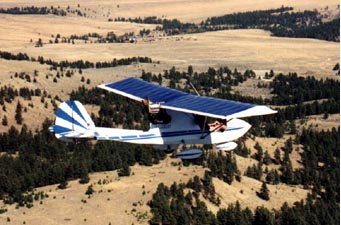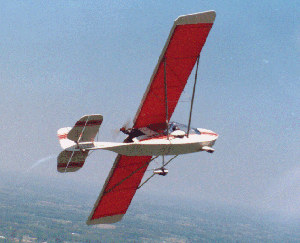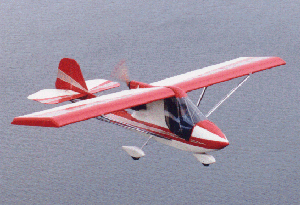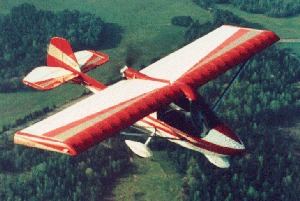|
Adventure Aviation |
|
The Challenger
The Challenger Kit One of the most important features of the Challenger is the completeness of the kit. Each Challenger airframe is built at the factory to a high standard of workmanship before shipping, needing only assembly and covering, not the usual fabrication and construction to complete. There are a number of reasons why we go to this trouble. First of all, the goals of the design were high performance with a large payload capability. There is no free ride in airplane design. These goals can only be achieved by providing a high power to weight ratio while keeping drag low. Tandem seating helps solve the drag problem by decreasing frontal area and has the additional benefit of providing better visibility. High power is not the answer as it creates as many problems as it solves by starting a vicious upward spiral in weight. More power means a heavier engine and the combined burden of power and weight demands a heavier structure. Compound this with increased fuel consumption necessitating greater fuel capacity and the problem becomes apparent. Furthermore, bigger engines cost more and are usually liquid cooled, resulting in further weight and drag increases from the plumbing and radiator. The key to a high power to weight ratio os keeping the empty weight low. The air cooled engines the Challengers use are significantly lighter, simpler and less expensive to buy and operate then higher horsepower liquid cooled motors. They are also quieter and their fan cooling produces an inexpensive and efficient source of forced air heat for comfortable winter flying. The most important weight savings are achieved in the airframe but strength is mandatory, especially if there is to be a high payload. It is for this reason that the Challenger uses a fully triangulated 6061 T6 aluminum truss fuselage. The airframe is lighter than single boom type designs and significantly stronger. It is however, beyond the skill levels of most homebuilders, so to ensure consistently high quality, every Challenger is completed in jigs at the factory prior to shipment, leaving only straight forward assembly and non-critical covering and painting to the customer. The result is quality you can be sure of and the lowest build time of any kit on the market today. |




